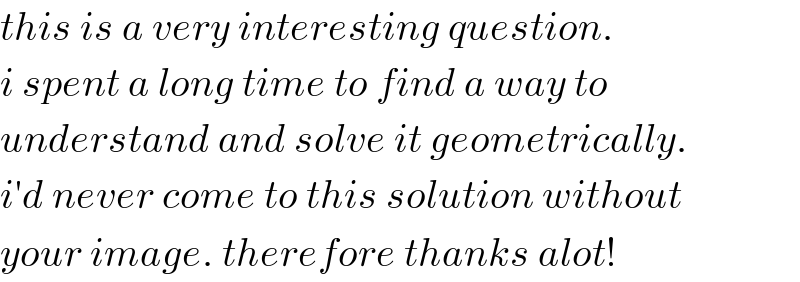
Question and Answers Forum
Question Number 60313 by ajfour last updated on 19/May/19

Commented by ajfour last updated on 19/May/19

Answered by ajfour last updated on 19/May/19

Commented by ajfour last updated on 21/May/19
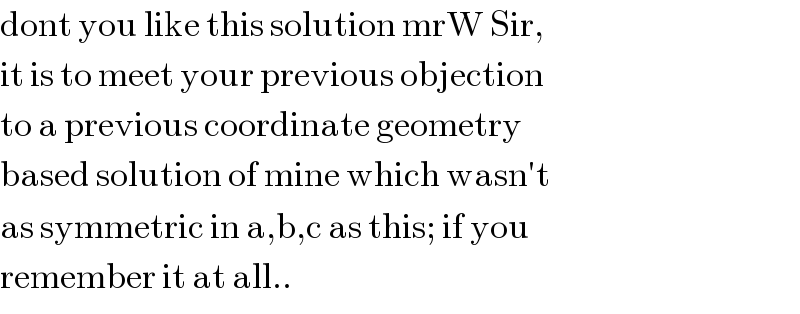
Commented by mr W last updated on 22/May/19
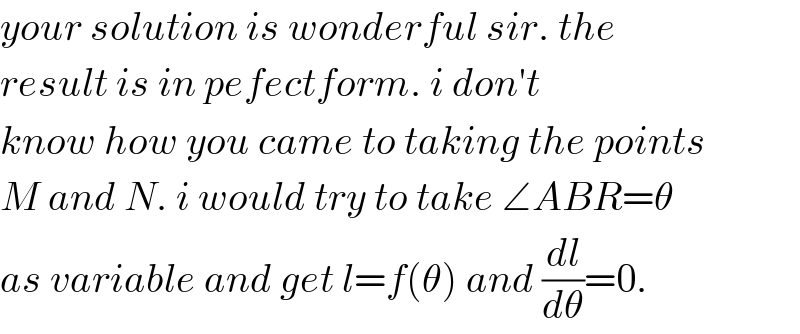
Commented by ajfour last updated on 21/May/19

Commented by mr W last updated on 21/May/19
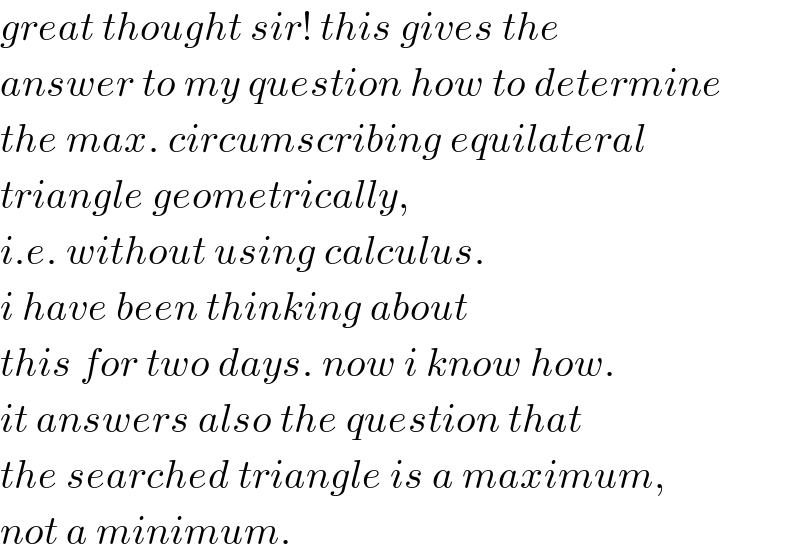
Commented by mr W last updated on 21/May/19

Answered by ajfour last updated on 20/May/19

Commented by ajfour last updated on 20/May/19

Commented by ajfour last updated on 20/May/19
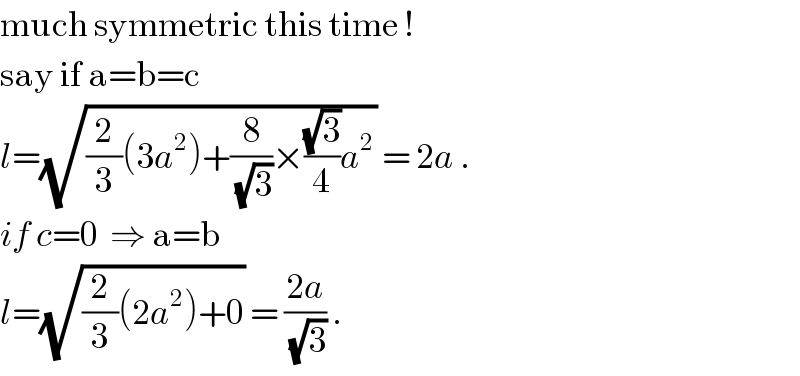
Answered by mr W last updated on 21/May/19

Commented by mr W last updated on 03/Feb/24

Commented by mr W last updated on 21/May/19

Commented by mr W last updated on 21/May/19

Commented by ajfour last updated on 22/May/19

Commented by mr W last updated on 22/May/19

Commented by mr W last updated on 22/May/19

Commented by ajfour last updated on 22/May/19

Commented by mr W last updated on 22/May/19
